

Whether you own your building, lease your workspace or work from home, business property insurance protects your business’ physical assets. Regardless of the size of your business, tangible property usually represents a large portion of your total assets, so finding the right kind of protection is important. For example:

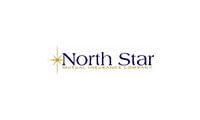
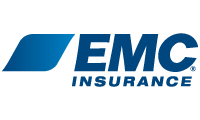
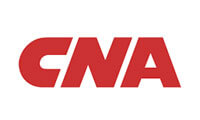
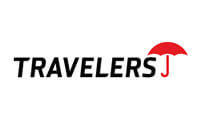

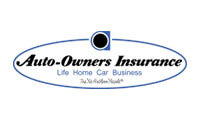
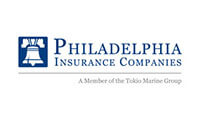

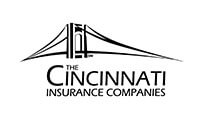
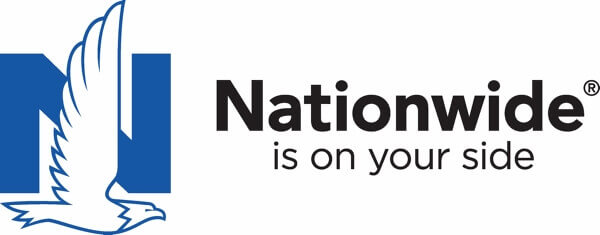
Commercial property insurance protects more than just the building. The policy also protects business personal property, which applies whether the property is located inside or immediately outside the covered buildings. Business personal property includes assets you own, lease, control or borrow for business use. A number of features are covered under this policy, including:
The advantage of an all-risk policy is that it covers you in the event of a loss you did not predict. Even though an all-risk policy will cost more, in a world where freak accidents happen, the broader your insurance coverage, the better off you’ll probably be. Just make sure you understand the exclusions.
There are Builders Risk Policies designed to provide coverage for direct loss or damage from covered causes of loss to buildings and structures under construction. The form applies to new construction as well as to renovations, remodeling and improvements to existing buildings. This is one of two coverage approaches for construction and renovation risks. The other is provided by a variety of Inland Marine coverage forms. While these forms are basically similar to one another, each takes a different approach to providing the coverage.